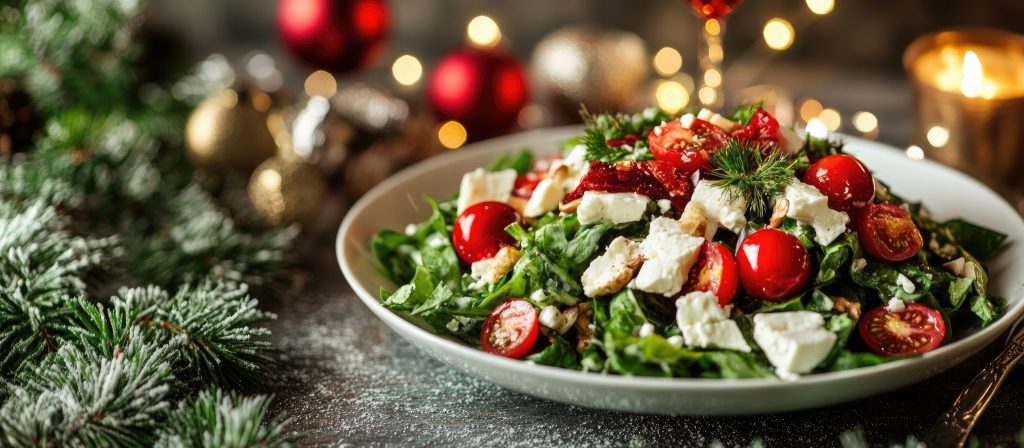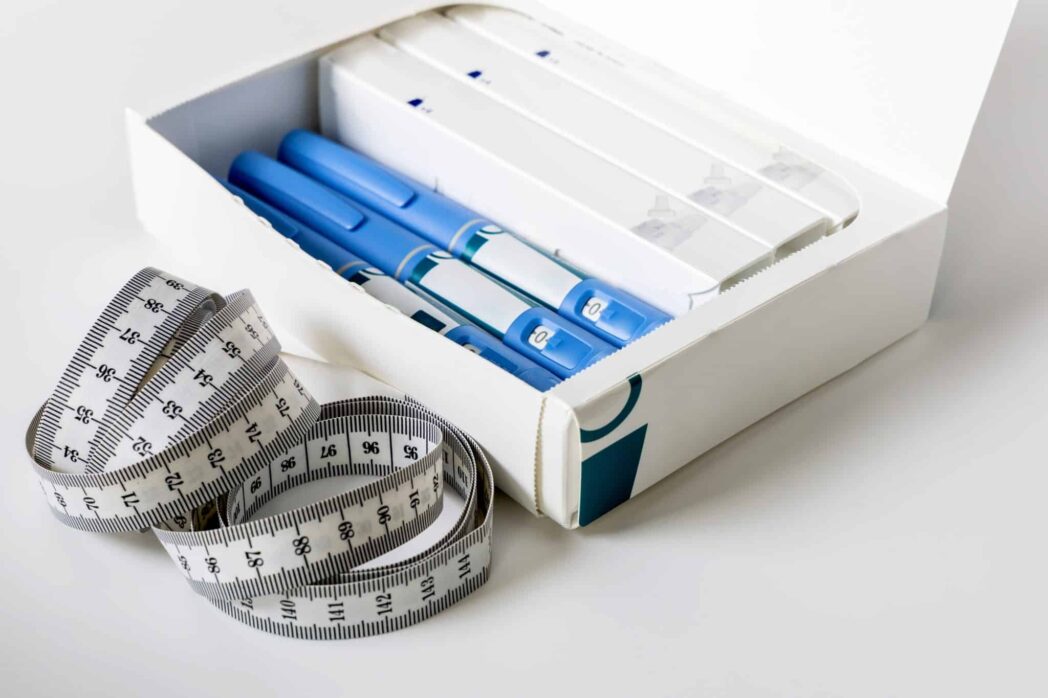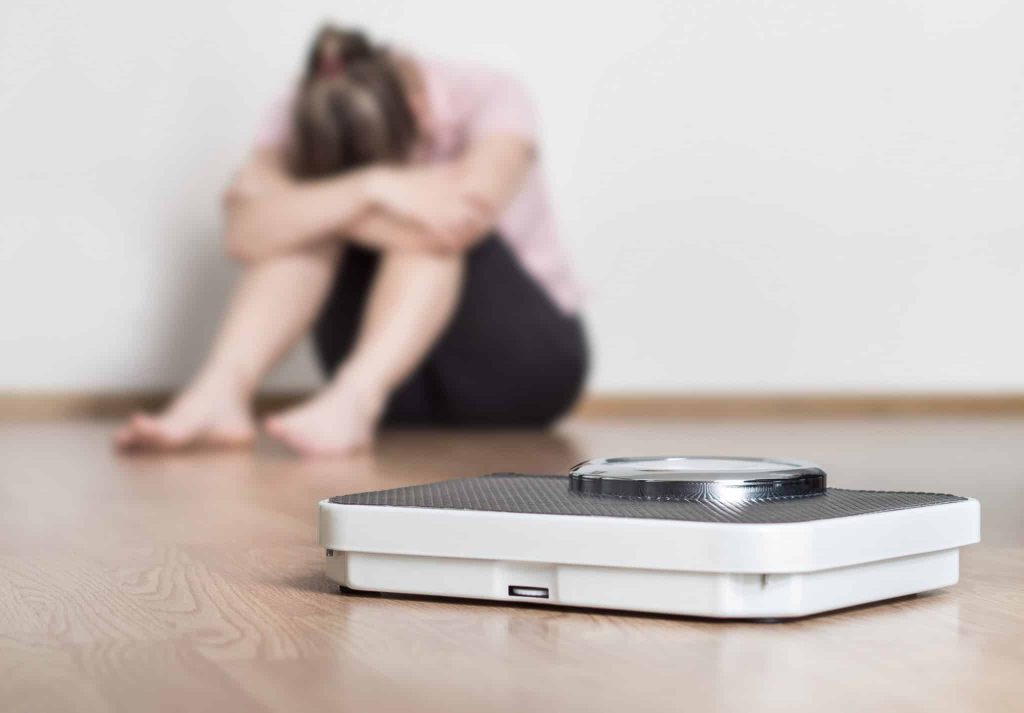New Year, New You

1. Reflect on the past year: Take time to reflect on the previous year’s successes, challenges, and areas for improvement. This self-reflection can provide valuable insights and guide your goals for the upcoming year. 2. Set meaningful goals: Identify specific, realistic, and achievable goals that align with your values and aspirations. Whether they pertain to health, career, […]
8 Tips for a Healthy Holiday

During the holidays, it’s important to prioritize your health while still enjoying the festive season. Here are some healthy tips to follow: Stay active: Find time for physical activity, even if it’s just a short walk or workout at home. Staying active can help counteract some of the indulgences of the holiday season. Eat in […]
7 Techniques to Cultivate Gratitude Mindset:

Absolutely, having a mindset of gratitude can have a positive impact on our overall well-being. It helps us to appreciate the good things in our lives and can lead to a more positive outlook. Here are some techniques you can use to cultivate a grateful mindset: Gratitude journal: Take a few minutes each day to […]
Is it safe to use prescription medication for weight loss?

To answer this, let’s look at how the pharmaceutical industry operates. The U.S. pharmaceutical industry earned $550 billion in annual revenue in 2021. For example, the FDA approved five new weight loss drugs in 2021. A new study suggests people taking these drugs for weight loss, including Wegovy, Ozempic, Saxenda, and Victoza, may be at higher […]
Eating real, whole foods can significantly impact weight loss

Eating real, whole foods can significantly impact weight loss in several ways: Nutrient Density: Real foods, such as fruits, vegetables, whole grains, lean proteins, and healthy fats, are rich in essential nutrients like vitamins, minerals, antioxidants, and fiber. These nutrients support overall health and help your body function optimally during weight loss. Satiety: Whole foods […]
Getting Fit Before the Holiday

Thanksgiving is just around the corner, and many of us want to shed those extra pounds gained during summer. If you’re determined to get in shape before December arrives, this blog post is for you! We have gathered some practical tips and strategies to help you achieve your weight loss goals, so let’s dive in. […]
Hey there! Have you fallen off the weight-loss wagon?

It’s natural to feel a bit down when things don’t go as planned on your weight loss journey. Do you take a break, or do you gather the motivation to keep going? Here’s a little advice to help you get back on track if you find yourself struggling. Tip # 1: Keep an eye on […]
Make yourself a priority

Making yourself a priority is essential for your well-being and overall happiness. Here are some tips to help you prioritize yourself: Set Boundaries: Learn to say no to things that drain your energy or do not align with your priorities. Setting boundaries can help you carve out time for yourself. Self-Care: Incorporate self-care activities into […]
Tired of wasting money on ineffective weight loss programs?

I understand that spending money on weight loss methods that don’t work can be frustrating. If you’re feeling discouraged, here are a few suggestions: Evaluate the weight loss methods you’ve tried. Many weight loss companies use processed ingredients in their products, which can lead to increased hunger once you stop using them. It’s important to […]
How can you reduce or quit alcohol?

Quitting alcohol can be a challenging but rewarding journey. Heavy drinking can have a negative impact on your brain, heart, and other bodily systems. Here are some potential health effects that may occur due to heavy drinking: Alcohol psychosis, also known as alcohol hallucinosis, refers to symptoms of psychosis that a person may experience during […]